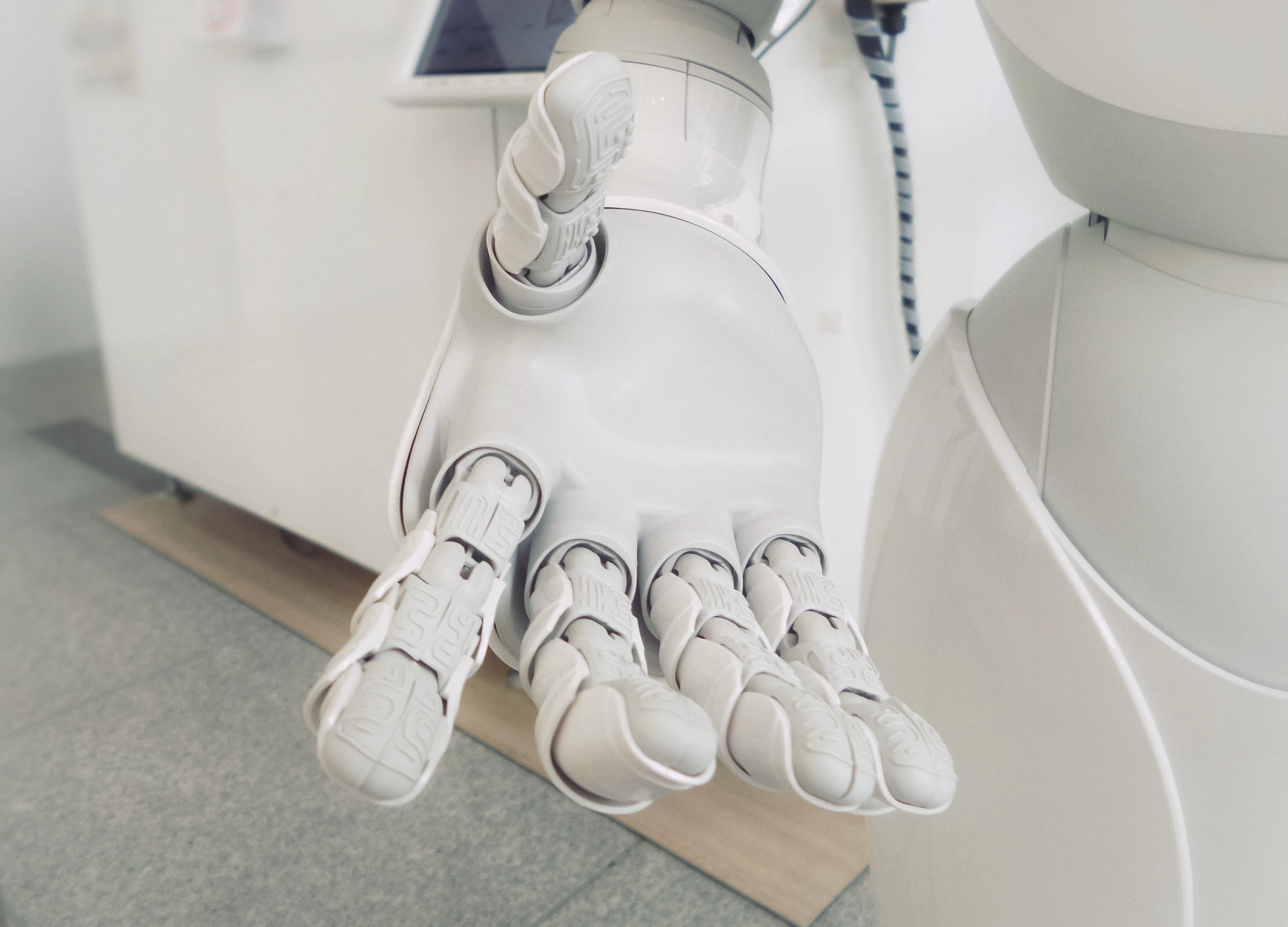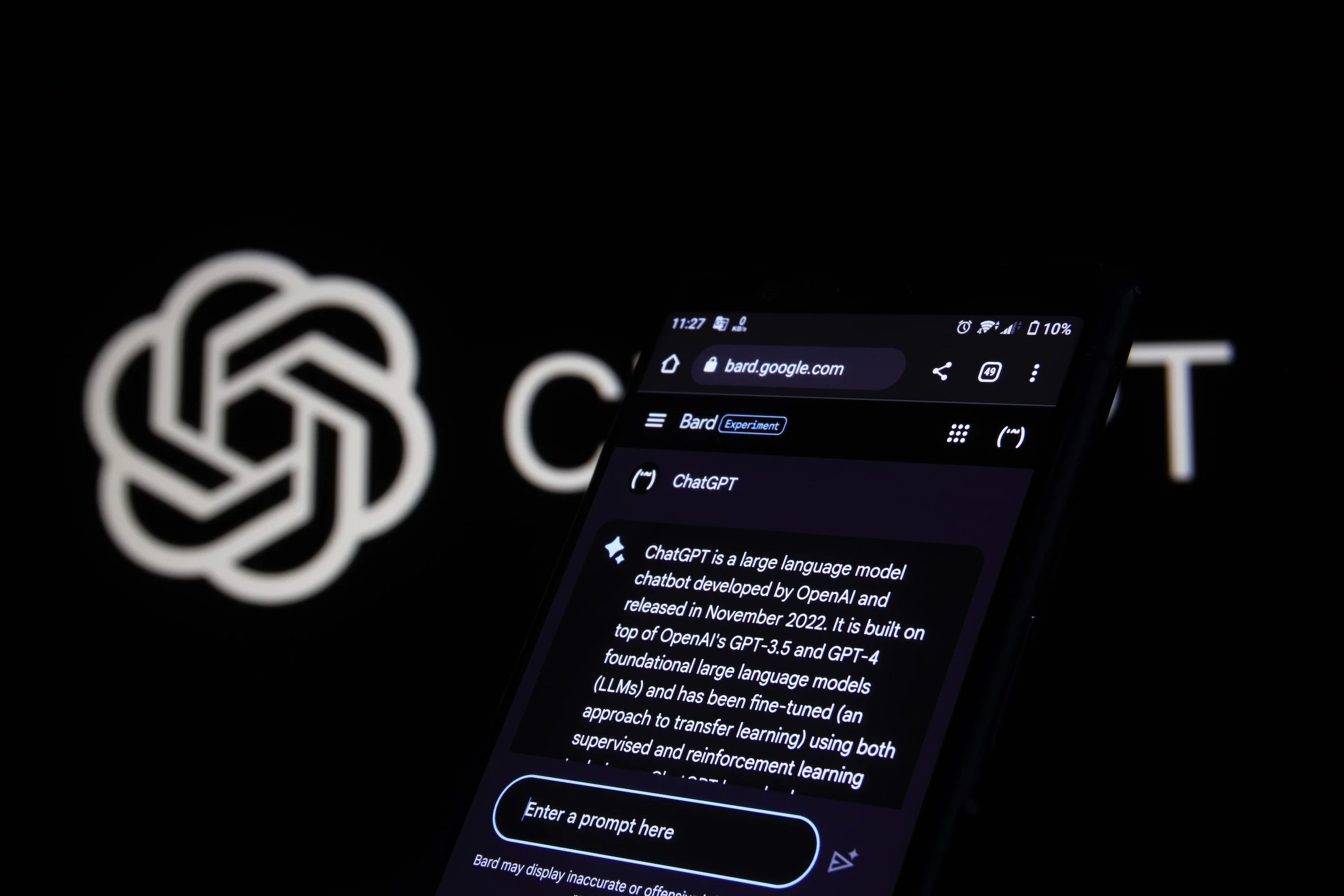In a world now run by the computerized mind we call Artificial Intelligence, there has been an exponential increase in the need for software that can identify the utilization of AI.
This software, called AI content detectors, is designed to identify when artificial intelligence is used in a piece of content. The technology has come a long way, and the accuracy of these detectors has greatly improved over time.
Whether in the setting of school, work, or business, you may be wondering how an AI content detector can help you enforce genuine writing. In this article, we will cover all the pros and cons of this technology, along with its potential applications. We'll wrap up by introducing IFTTT, our automation service that can help you in using AI for good.
Well, what is AI content?

Artificial Intelligence (AI) can be a very positve or negative term depending on your outlook, but in definition, it is a branch of computer science that focuses on creating machines capable of mimicking human intelligence. This is done by developing algorithms that allow computers to learn from data, recognize patterns, make decisions, and improve over time without being explicitly programmed to perform these tasks.
AI-generated content refers to text, images, videos, or any other form of content that has been created by AI technologies, rather than by a human. For the purpose of discussing AI content detectors, we will mostly be talking about text, because text is the most common and influential form to be generated by AI.
In the context of text, AI models like GPT-3 are used. These models are trained on large amounts of text data, learning the patterns and structures of human language. They can then generate new, unique text that mimics the style and content of the training data.
The need for detecting AI-generated content

There are many needs for detecting AI-generated content, with the overall goal of differentiating what a human wrote and what was made by a computer. AI content detectors can be used in a variety of settings, from academia to business. Here are a few examples:
In education, AI content detectors can help professors and teachers detect plagiarism by identifying text generated by an AI model. This helps ensure that students are getting credit for the work they actually put into their assignments.
In business settings, AI content detectors can be used to detect manipulated media, such as fake news or doctored images. It can also be used to ensure that projects are delivered with the oversight of humans and not an AI chatbot.
In journalism, AI content detectors can help reporters and editors weed out low-quality content generated by bots. Fake news created by AI can also be checked out and taken down.
Whatever the reason, there will likely always be the need to separate AI content and human-made works.
AI vs. AI in detecting computer-made content
Ironically, almost all of the tools used to detect AI content use artificial intelligence to scan through the text and find certain red flags. This is because it is much more efficient to use an AI model than to manually scan through each piece of text.
AI content detectors are typically trained on large amounts of human and computer-generated texts, so they can learn the differences between them. Some common features used to find AI-generated text include things like: a lack of emotion, fewer metaphors and idioms, clunky sentence structure, unusual word choices, and repetitive phrases. Once these features are identified, the models can then accurately detect when AI-generated content is present in a given piece of writing.
Best AI content detectors
So, what is the best AI content detector out there? Well, it really depends on the purpose you are using it for. Below are our picks for the top four options, all of which can detect AI content with over 90% accuracy.
Copyleaks

Copyleaks is an AI content detector that is designed specifically for detecting plagiarism. It uses a variety of methods to scan through the text, including natural language processing and machine learning algorithms. It can also detect copied material from any source, including websites, databases, books, and more.
Price: Dependent on amount of pages scanned.
GPTZero

GPTZero is a content detector that was specifically designed to detect when AI content has been used. It processes the text using natural language processing algorithms and compares it to existing databases of computer-generated texts. This way, it can quickly identify when an AI model has been used to generate the text.
GPTZero also offers a very comprehensive free plan, as well as affordable upgrades for professionals.
Price: Free Plan, Pro Plans cost $7-$9
Content at Scale AI Detector

Content at Scale is a powerful AI content detector tool that can help you find duplicate content across the web. It uses advanced algorithms to scan the internet and identify any instances where your content may have been duplicated without your permission.
Price: Free
Scibbr

Scribbr is another excellent AI content detection tool, but it's more focused on academic plagiarism. Using an extensive database of scholarly articles, books, and other sources, Scribbr can detect even the slightest amount of copied content in your academic papers.
Price: Free
Challenges and limitations of AI content detectors

Unfortunately, these AI content detectors are not always perfect. They can struggle with detecting more subtle forms of AI-generated content, as well as highly complex language. Here are a few limitations of AI content detectors:
False positives/negatives: One major challenge is the occurrence of false positives and negatives. AI content detectors may sometimes flag genuine, original content as plagiarized or vice versa. This can lead to unnecessary complications and inaccuracies.
Contextual understanding: While AI has come a long way, it still struggles with understanding context in the same way humans do. This can make it difficult for these systems to accurately detect whether content is duplicated or simply similar in topic or theme.
Language limitations: Many AI content detectors work best with English content. They may struggle to accurately analyze content in other languages, which can limit their effectiveness on a global scale.
The future of AI content detection
Despite these challenges, the future of AI content detection is very promising. As AI technology continues to improve, so too will these detectors. We can expect more accurate and comprehensive results as AI models become even better at understanding human language.
We can also expect more specialized tools that are tailored to particular use cases or industries. For example, AI content detectors could be developed specifically for legal documents or medical records, in order to quickly detect content that has been generated by an AI model.
All in all, AI content detection is becoming increasingly important as more and more people rely on computer-generated content. With the right tools, we can ensure the integrity of any text and differentiate between what was written by a human and what was created by an AI.
Using AI for good with IFTTT

One of the most powerful ways to use AI is to create automation workflows using IFTTT (If This Then That). IFTTT is our web-based platform that allows users to connect various services and apps together in order to streamline processes.
Read on to hear about our mission and how you can use our new AI tools to automate your business and personal tasks.
What is IFTTT?
IFTTT, an acronym for "If This Then That," is our free web-based service and mobile app designed to boost productivity by automating tasks. It works by creating connections between popular apps and services, allowing them to work together seamlessly.
The basic idea behind IFTTT is to create "applets" or sets of instructions that trigger when certain conditions are met. This can be turning on the lights automatically when you enter your house, for example.
Founded in 2011, IFTTT has been used by over 25 million individuals to automate both business and home tasks, saving time and increasing efficiency. It's commonly used to connect disparate services and systems, making all products and services work well together in a way that instills user confidence. Best of all, it's free and only takes a couple of minutes to set up.
Top AI tools with IFTTT

Meeting Assistant: generate action items, takeaways, and a summary from meeting notes After your meeting, copy your notes into your /summarize folder in Google Docs. AI Summarizer will email you with action items, takeaways, and a summary.
Generate a draft blog post for a topic Quickly jot down blog post ideas via IFTTT's note widget on iOS and Android and IFTTT's AI Content Creator will generate your first draft for a post and save it to Google Docs.
AI generated LinkedIn updates for your Blog posts Anytime a new entry is added to your RSS feed a LinkedIn post describing and linking to it will be published.
To enable these Applets and millions more (yes, millions), try IFTTT today for free!
Business
The rise of the AI content detector; Do they work?
September 13, 2023










